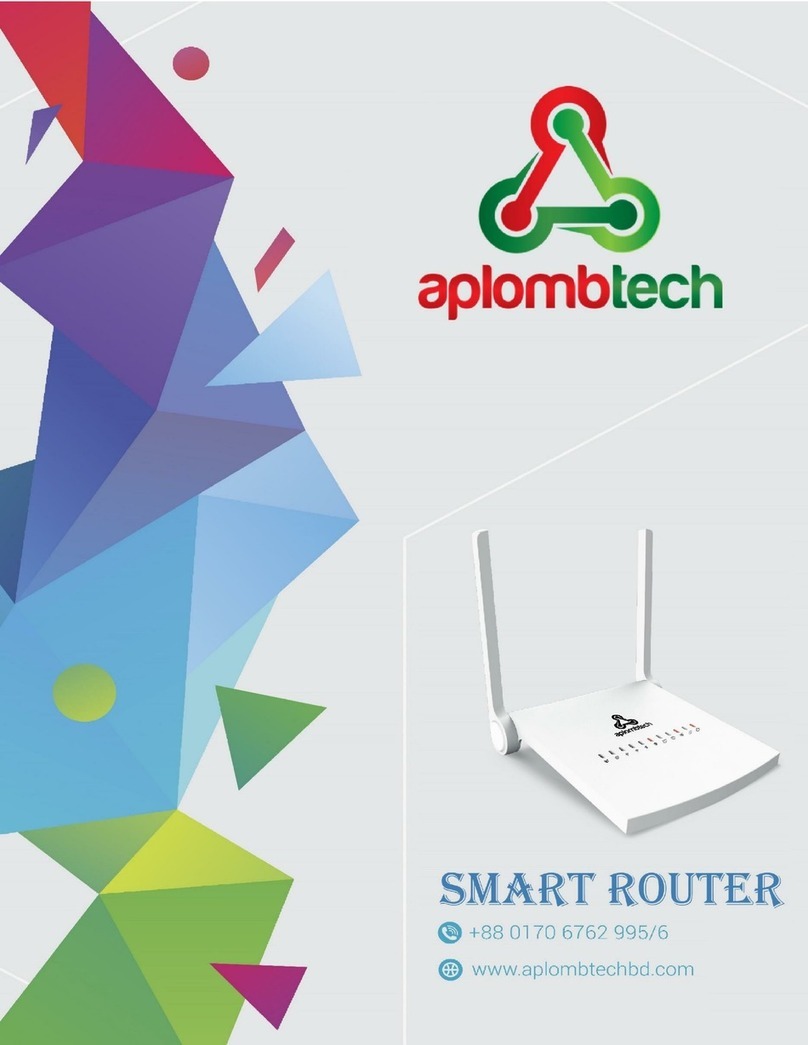3 |
P a g e
Table of Contents
Internet Settings...............................................................................................................................................4
1. DHCP............................................................................................................................................................4
2. Static IP.......................................................................................................................................................5
3. PPPoE ..........................................................................................................................................................6
4. L2TP.............................................................................................................................................................7
5. PPTP.............................................................................................................................................................7
6. Mac Cloning...............................................................................................................................................7
Wireless Settings..............................................................................................................................................8
1. Basic Settings............................................................................................................................................8
2. Advanced Settings ............................................................................................................................... 10
3. Security Settings................................................................................................................................... 12
4. WPS ........................................................................................................................................................... 14
Firewall Settings............................................................................................................................................ 16
1. Content Filtering .................................................................................................................................. 16
2. Website Filtering.................................................................................................................................. 18
3. Port Filtering ......................................................................................................................................... 20
4. Port Forwarding................................................................................................................................... 21
5. Port Trigger............................................................................................................................................ 23
6. System Security .................................................................................................................................... 25
7. DMZ ........................................................................................................................................................... 26
File Sharing Settings..................................................................................................................................... 27
1. FTP Server .............................................................................................................................................. 27
2. Samba Server......................................................................................................................................... 28
3. Disk Management ................................................................................................................................ 28
Administration Settings.............................................................................................................................. 29
1. Task Schedules...................................................................................................................................... 29
2. System Management........................................................................................................................... 31
3. Settings Backup/Restore .................................................................................................................. 33
4. Statistics .................................................................................................................................................. 34
5. Firmware Upgrade .............................................................................................................................. 35
6. Reboot ...................................................................................................................................................... 36




























